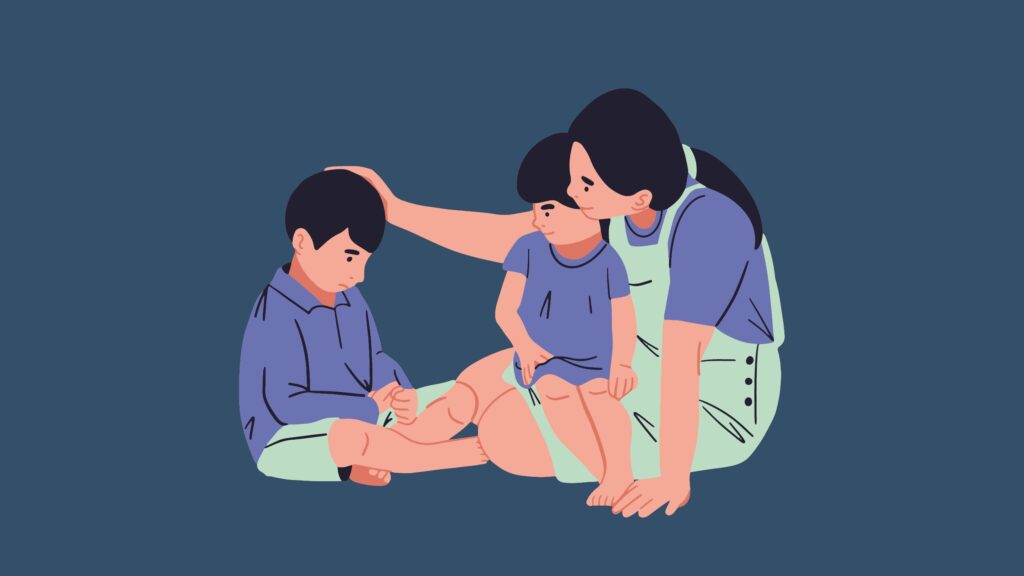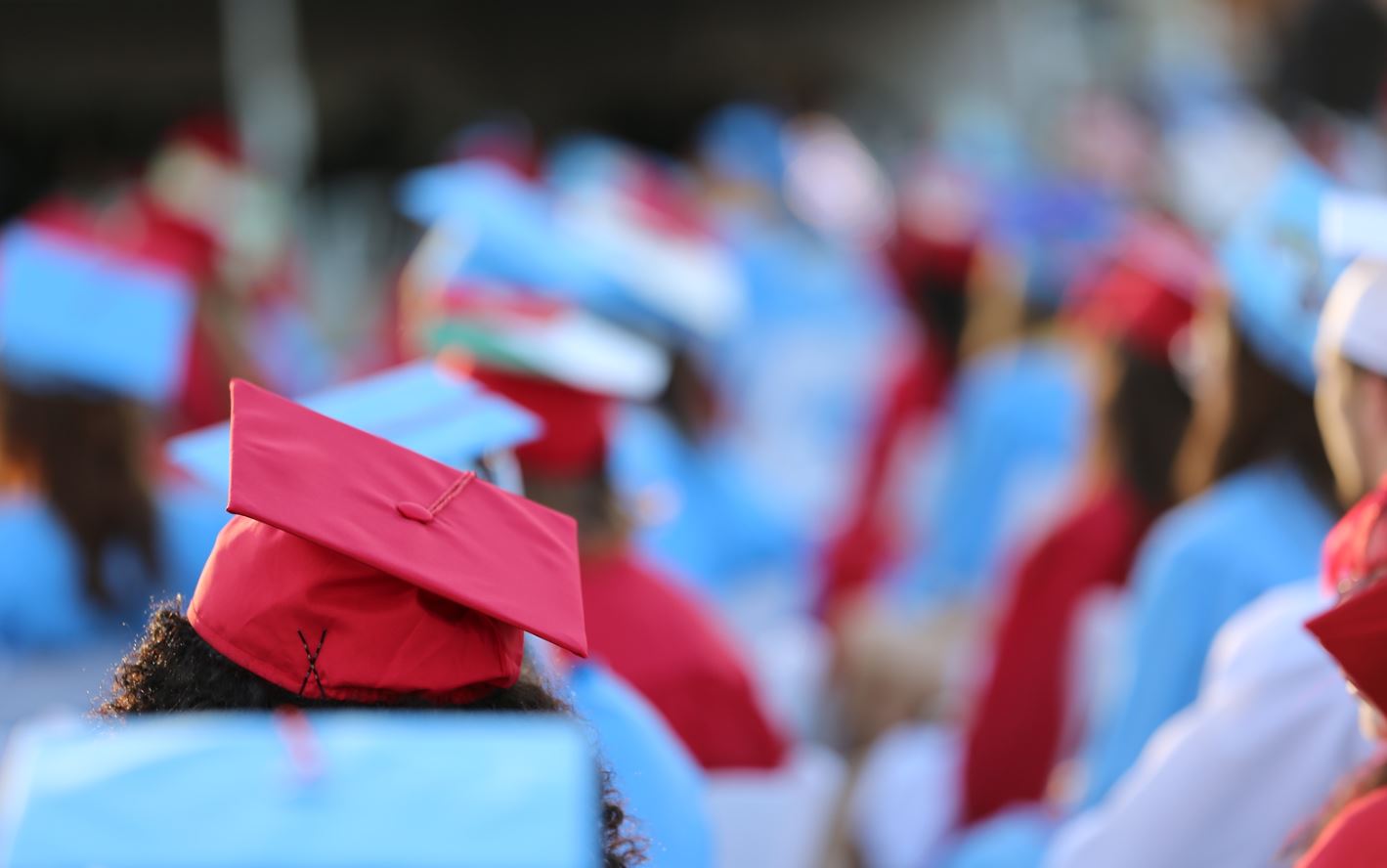In the United States, schools often teach Thanksgiving from the perspective of the Pilgrims and not of the Native Americans. It is taught that both Pilgrims and Native Americans celebrated a feast together in 1621. Children learn that attendees included about 90 Wampanoag tribe members and 50 surviving Mayflower passengers. However, in the classroom children are often not informed about the Native American viewpoint of this event. In reality, shortly after the feast Native Americans were forced out of their territory and many died off from European-brought diseases. This detail is often left out in the “traditional” story of Thanksgiving.
Roberto Garces-Mendez ’20 and history teacher Jennifer Harris-Clippinger agree that the perspective of Native Americans should be taught when teaching Thanksgiving history.
“I believe that when teaching any subject area in history, students should be introduced to multiple perspectives so they can draw their own conclusions. The sanitized version of Thanksgiving is too simplistic for high schoolers. They need to understand the complexities of all of the history,” Harris-Clippinger said.
Although learning about the dark past of Thanksgiving is a mature subject matter, it is necessary to be taught so history does not repeat itself.
“They should teach about the dark past because it is a necessary part of understanding why systemic racism occurs. The usual perspective is that the Native Americans corporate nicely after a year of starvation of the Europeans. Once the Europeans got what they needed, they exterminated many of the Native Americans for their land and resources,” Garces-Mendez said.
In many elementary classrooms, children are encouraged to act out parts of the Thanksgiving feast, wearing stereotypical Pilgrim and “Indian” costumes. A better strategy that would avoid these stereotypes, would be to have guest speakers from different tribes come in and explain their part or view of the event.
While acknowledging the history of Native Americans, Thanksgiving is also viewed as a time to reflect on one’s personal privilege and to show thankfulness for one’s friends and family. Children should be taught to appreciate what they have during this holiday.
“We take time to be mindful about what we have. Not just material things, but also our relationships,” Harris-Clippinger said.
Garces-Mendez also takes the Thanksgiving time to be grateful for his own relationship with his family. His family is extremely grateful that they can be together and enjoy the little things.
“We celebrate it in the fact that we can get together. Family is able to come over and enjoy life, which is something that the Native Americans could not do back then,” Garces-Mendez said.
Organizations like the Social Psychology Network, International Socialist Organization and Teach For America have established guides on how to teach about the Native-American perspective when referring to Thanksgiving. Teachers and students are encouraged to refer to these for a better understanding of Native American cultures and history.





